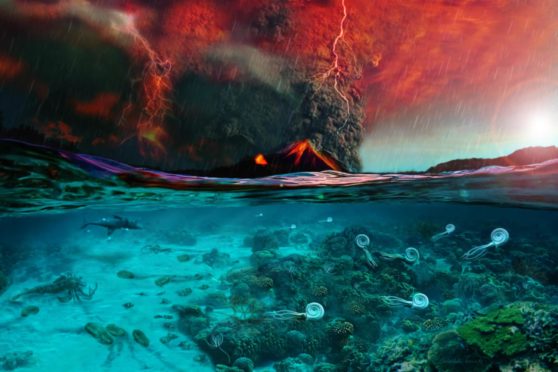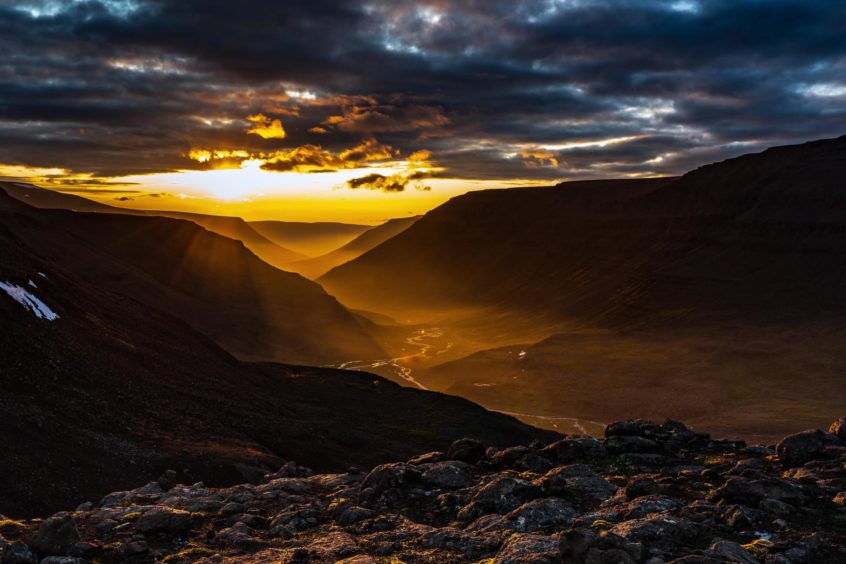New research led by St Andrews University could help answer one of life’s most asked questions: what exactly caused the Earth’s biggest mass extinction?
The catastrophe happened around 252 million years ago, long before the emergence of dinosaurs, at an area known as the Permian-Triassic boundary.
With more than 95% of marine species becoming extinct, life in Permian seas, once a thriving and diverse ecosystem, was wiped out within tens of thousands of years.
This is now referred to as the ‘Great Dying’, the period in which life on Earth came closest to becoming extinct.
Scientists have long debated the theories of the cause of the extinction – ranging from a meteor impact to volcanic eruptions that resulted in climatic and environmental changes.
Now new research, led by an international team of scientists from the GEOMAR Helmholtz Centre for Ocean Research Kiel in cooperation with the Helmholtz Centre Potsdam GFZ German Research Centre for Geosciences and the School of Earth and Environmental Sciences at St Andrews University, has sheds new light on what happened.
By analysing the pH of the ancient ocean from fossils, the team of researchers, led by Dr Hana Jurikova, now based at St Andrews, determined that the trigger of the crisis was a large pulse of CO2 to the atmosphere.
This originated from a massive flood basalt province, the result of a giant volcanic eruption in today’s Siberia.
The eruption released more than 100,000 billion tonnes of carbon into the atmosphere, say the scientists, and this triggered the onset of the extinction.
The volume is more than 40 times the amount of all carbon available in modern fossil fuel reserves, including carbon already burned since the industrial revolution.
The research team’s findings showedthe CO2 release led to extreme warming and acidification of the ocean that was lethal to many organisms, especially those building calcium carbonate shells and skeletons.
The greenhouse effect led to further dramatic changes that resulted in vast deoxygenation and probably also sulphide poisoning of the oceans, killing the remaining organism groups.
Lead researcher Dr Jurikova said: “Our research provides the first precise reconstruction of the carbon source and with it the trigger of the crisis, as well as uncovering the subsequent chain of processes that resulted in Earth’s largest mass extinction.
“It took several hundreds of thousands to millions of years for the ecosystem to recover from the catastrophe which profoundly altered the course of evolution of life on Earth.”






